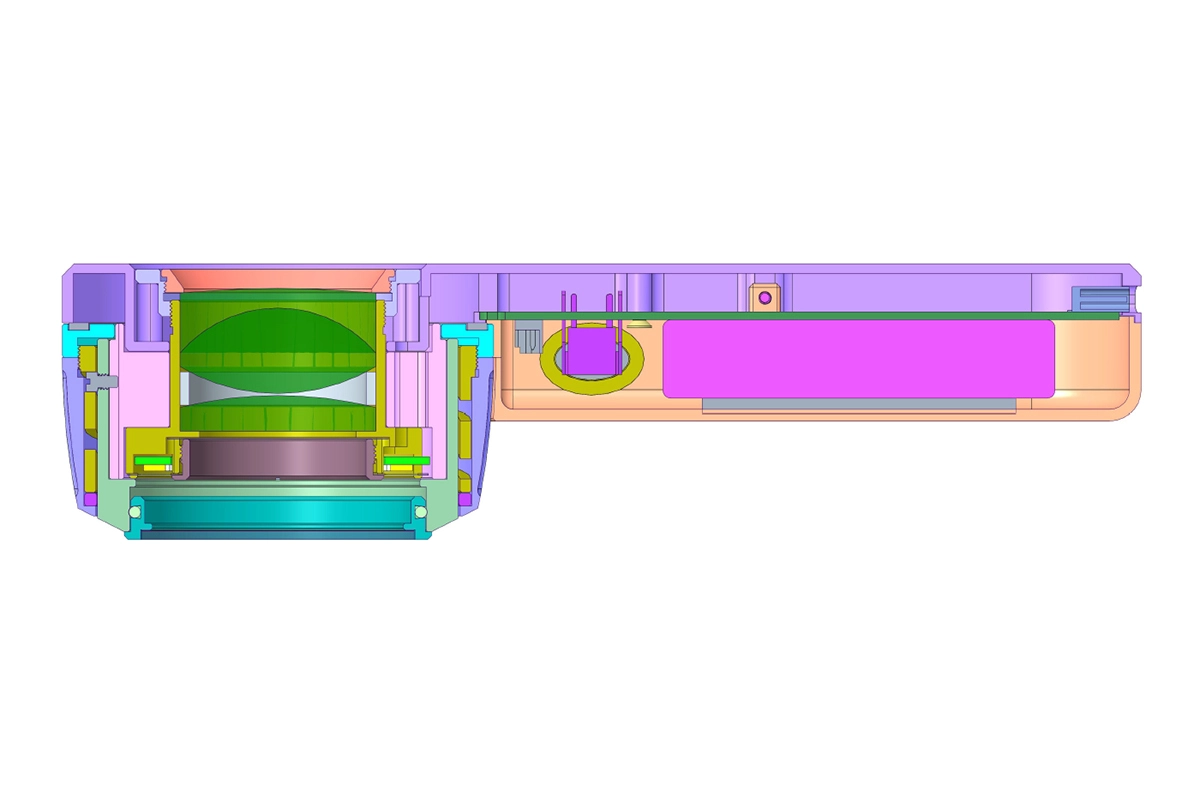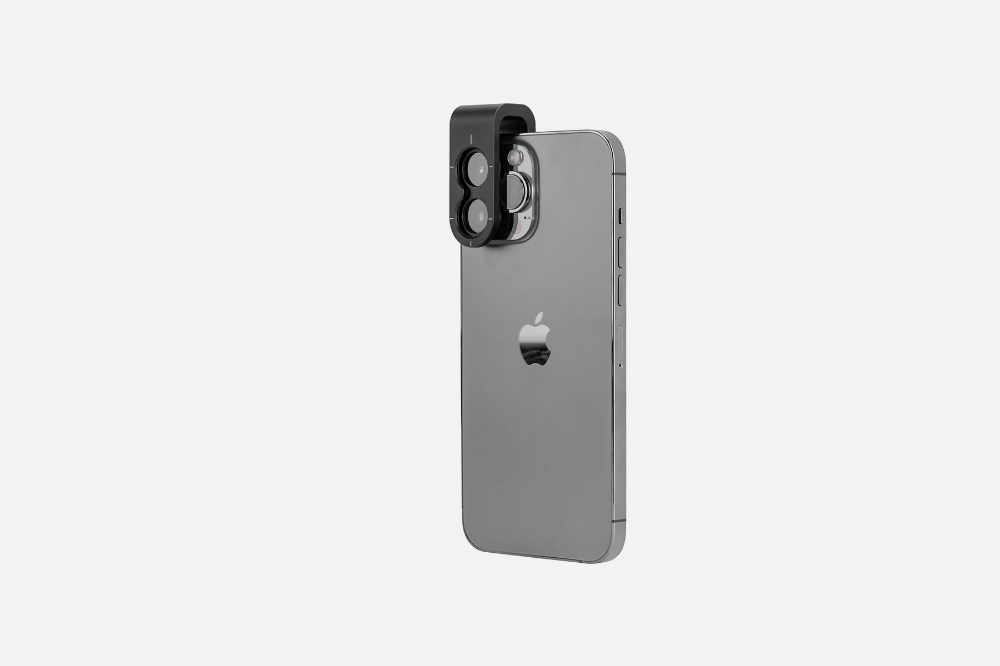Article
When will my order arrive
Most shipments are delivered within 7 days for over 90% of orders on average. All shipping timelines are estimates and while over 90% of orders arrive on time, it does depend on location and customs clearance time frames. Order Processing Times Orders are shipped daily Monday – Friday. Orders placed before the shipping deadline –…
Most shipments are delivered within 7 days for over 90% of orders on average. All shipping timelines are estimates and while over 90% of orders arrive on time, it does depend on location and customs clearance time frames.
Order Processing Times
Orders are shipped daily Monday – Friday. Orders placed before the shipping deadline – 6 pm CST for all orders, including expedited shipping methods. Any orders placed after these time frames or during a holiday will be processed the next business day, which adds one business day to the estimated arrival.
No Tracking Information Update
The order will be picked up in HK as there’s no express service for packages with battery in mainland China. It takes 1-2 days for goods delivery to HK and there’s no tracking. But when it shows the package is picked up you will receive it in 3-5 days.
Refused or Returned Deliveries
If an order is refused or returned to us due to inaccurate or incorrect address information or because it was declined or marked as undeliverable, the order will be refunded to you less the original shipping costs. We reserve the right to retain the original shipping/handling fee and to charge the payment method originally used for costs we incur related to the return of the undeliverable packages or merchandise to us.
*Please keep in mind that original shipping costs and import duties/taxes are non-refundable for international shipments.






















